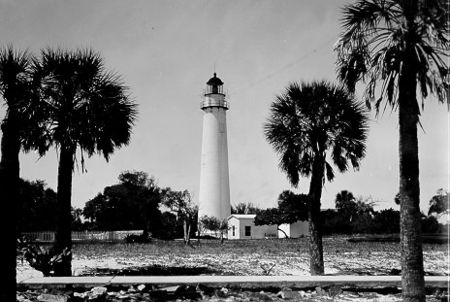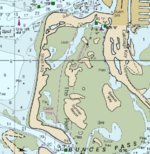Egmont Key Light
1848 establishments in FloridaLighthouses completed in 1848Lighthouses completed in 1858Lighthouses in FloridaTampa Bay ... and 1 more
Transportation buildings and structures in Hillsborough County, Florida

The current Egmont Key Light dates from 1858. It is the oldest structure in the Tampa Bay area still used for its original purpose.
Excerpt from the Wikipedia article Egmont Key Light (License: CC BY-SA 3.0, Authors, Images).Egmont Key Light
Original Brick Road 1898,
Geographical coordinates (GPS) Address External links Nearby Places Show on map
Geographical coordinates (GPS)
| Latitude | Longitude |
|---|---|
| N 27.600833333333 ° | E -82.760694444444 ° |
Address
Egmont Key Light
Original Brick Road 1898
Florida, United States
Open on Google Maps









